Learn More About Ulcerative Colitis
What Is Ulcerative Colitis?
To understand Ulcerative Colitis, you need to understand how the colon works.
First, let’s look at the structure of the colon.
The wall of the colon is composed of four layers:
- Mucosa. This single layer of cell lining is flat and regenerates itself every three to eight days.
- Submucosa. The area between the mucosa and circular muscle layer that is separated from the mucosa by a thin layer of muscle.
- Muscularis propria. The inner circular and outer longitudinal muscle layers.
- Serosa. The outer, single-cell, thick covering of the bowel.
One of the most important keys to understanding this disease is that the mucosa layer constantly regenerates itself, whether the person is “normal” OR has Ulcerative Colitis. In a person with Ulcerative Colitis, this mucosa layer regenerates much too quickly (“hyperactive regeneration”), which leads to ulceration (open sores) and inflammation.
How does this regenerative process become hyperactive, or imbalanced? The body’s immune system reacts abnormally in people with Ulcerative Colitis, mistaking bacteria, foods, and other substances for foreign and harmful invaders. The immune system attacks, causing white blood cells to accumulate in the lining of the intestines (the mucosa layer). When white blood cells accumulate, this causes inflammation (normally a healing response in the body). However, with Ulcerative Colitis, the immune system is constantly attacking, resulting in chronic inflammation of the bowels, which leads to ulceration, inflammation and bowel injury. The symptoms are diarrhea, internal bleeding and painful abdominal cramping.
Living with Ulcerative Colitis: Comparing Eastern and Western Approaches
The difference between western medicine and Chinese medicine is their scope. Western medicine addresses the symptoms of a disease, while traditional Chinese medicine addresses the person as a whole system.
Most people approach the treatment of Ulcerative Colitis via western medicine. In China, digestive disorders are traditionally treated with natural alternatives. Let’s look at how each one works, identify the differences between them and discuss the synergy between them.
Western Medicine
When we go to the doctor for treatment of Ulcerative Colitis, the doctor uses medication to treat the inflammation and ulceration in the colon. The goal of western medicine is to slow or stop the diarrhea, internal bleeding and cramping. It cannot (so far) cure Ulcerative Colitis or remedy its causes. Instead, doctors select drugs formulated to reduce the symptoms. However, these drugs cause a ripple effect throughout your body and, most importantly, they fail to address the underlying causes of the inflammation and ulceration.
Traditional Chinese Medicine
When we see a Traditional Chinese Medicine (TCM) practitioner, he or she evaluates us as a system. Ancient Chinese scholars described the universe in terms of two natural complementary and contradictory forces: yin and yang. TCM's view of the body places little emphasis on anatomical structures. It is mainly concerned with identifying the parts of our body system, the functional entities which regulate digestion, breathing, aging, etc. They perceive health as harmonious interaction of these entities with one another and with the outside world. They interpret disease as a disharmony in that interaction, or an imbalance between yin and yang.
It is natural for the balance of yin and yang to shift back and forth slightly. However, when the yin and yang are consistently out of balance and one (be it yin or yang) regularly dominates the other, this compromises your health, resulting in illness and disease. Traditional Chinese medicine works to identify where yin or yang may be dominating the other and to bring them back into the balance. The success of a Chinese herbal alternative
lies in its ability to balance the yin and yang.


